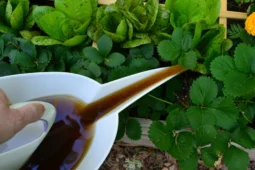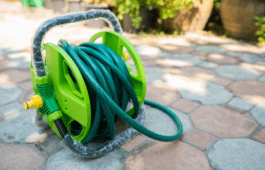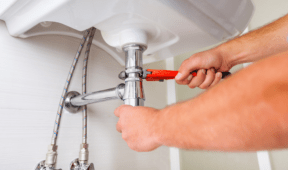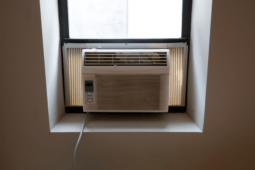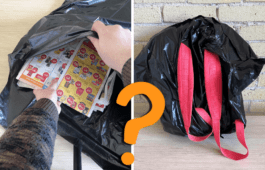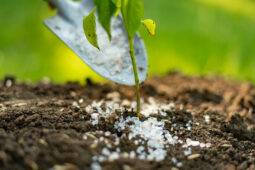6 Surprising Uses For WD-40 In Your Garden
WD-40 is known for fixing squeaky hinges and loosening stuck bolts, but it can also be a handy tool in your garden, if you can believe it. Some of these uses might surprise you, but they’re practical, effective, and easy to try. Here’s how this household staple can help keep your garden in tip-top shape.
Garden Tools
Garden tools are constantly exposed to dirt, water, plant sap, and other organic materials that can lead to rust. A quick spray of WD-40 on metal tools creates a thin barrier that repels moisture and deters rust from forming on its surface. After use, wipe them clean and apply a light coat before storing them. This trick works on pruners, trowels, and even shovel! Not only will it extend the life of your tools, but it will also make them easier to use since rusted tools can become stiff and difficult to handle.
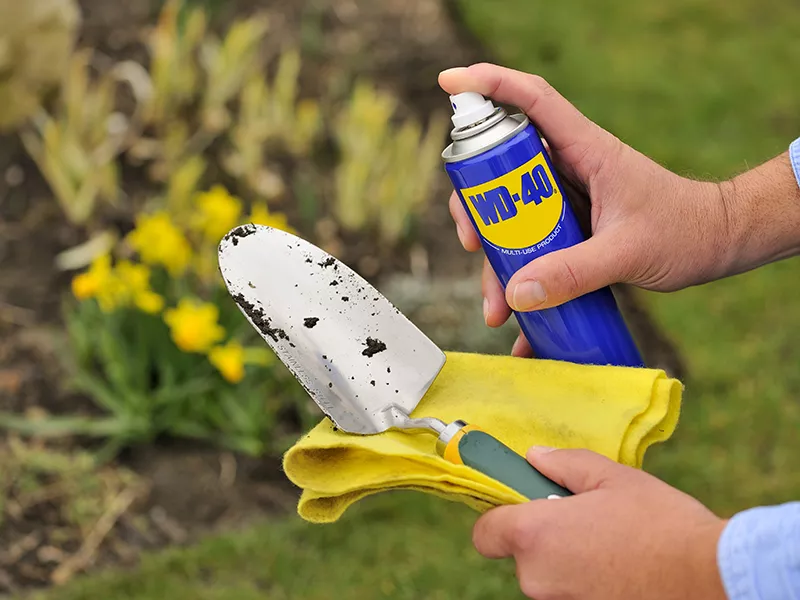
Squirrels
If squirrels treat your bird feeder like an all-you-can-eat buffet (which it is, but for birds only), WD-40 can help. Spraying a small amount on the feeder pole makes it too slippery for them to climb. They’ll try, but they won’t get very far. Just be sure to avoid spraying the feeder itself, as birds need a safe, chemical-free space to eat. This method doesn’t harm squirrels, they’ll just go look for easier food sources elsewhere, leaving your feathered visitors in peace.
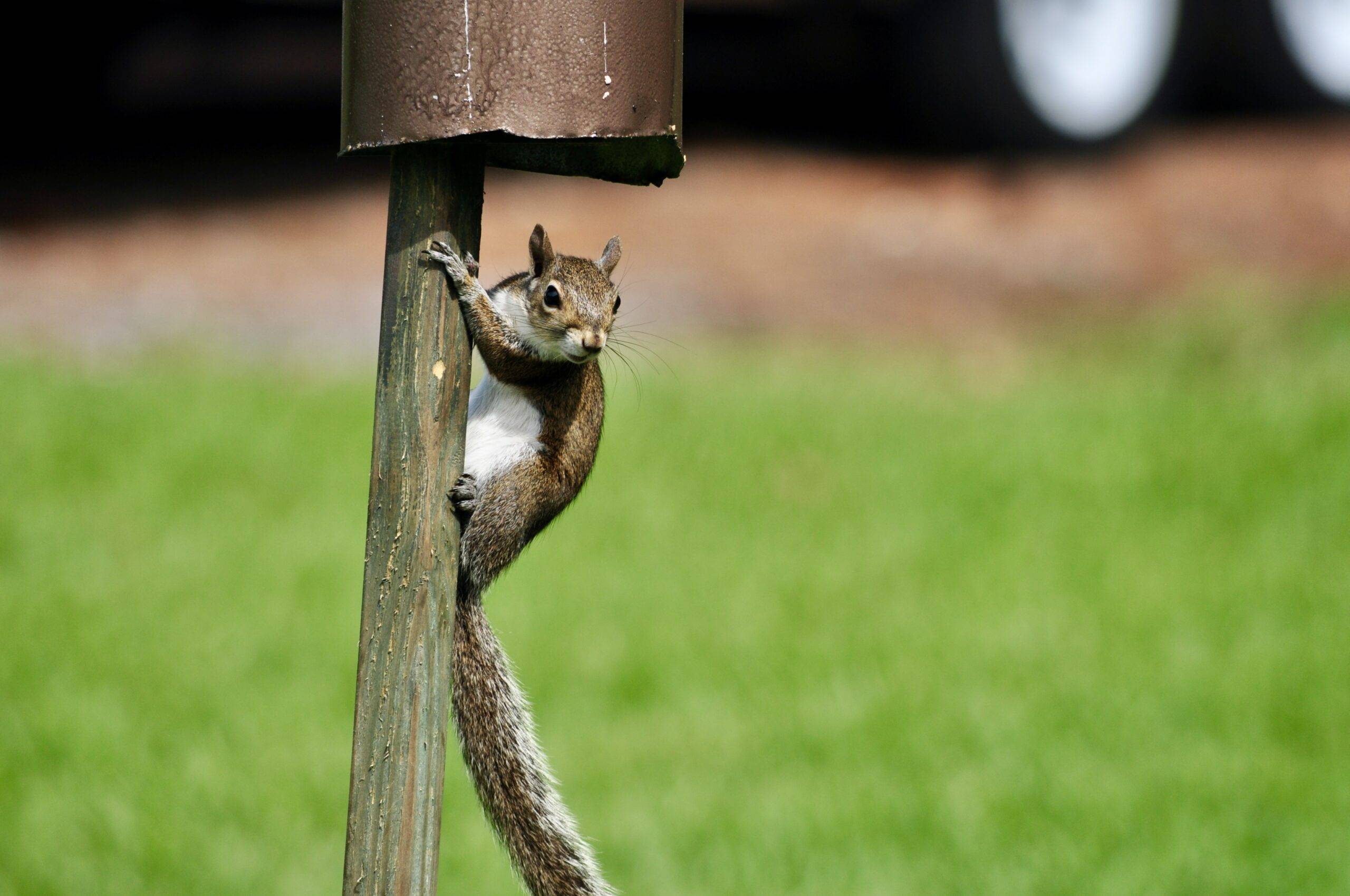
Garden Stakes
Wooden garden stakes eventually crack, splinter, and weaken due to sun and rain exposure. A light coat of WD-40 helps protect the wood, keeping it from absorbing too much water and drying out too fast. This makes the stakes last longer and prevents sharp splinters when handling them. It’s especially helpful for trellises and tomato cages that endure season after season of weather changes. Applying WD-40 before putting them in the ground gives them an extra layer of defense against the elements.
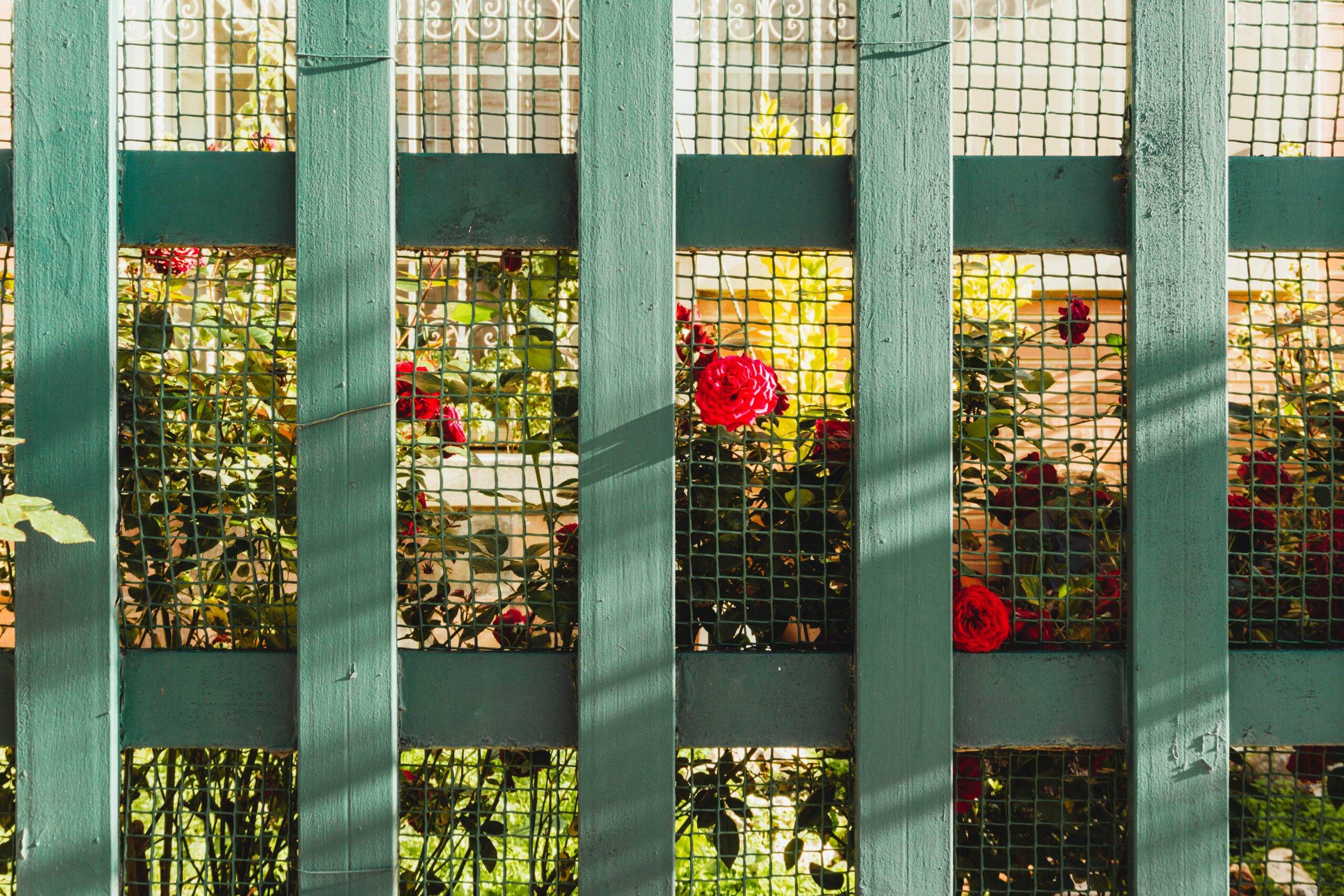
Lawn Mowers
Grass clippings and debris often build up under lawn mowers, making them less efficient and in need of a deep clean. Spraying WD-40 on the blades before mowing creates a slick surface that prevents grass from clumping. The same trick works for other gardening equipment, like hedge trimmers and shears. Less buildup means less wear and tear, helping your tools perform better and last longer.
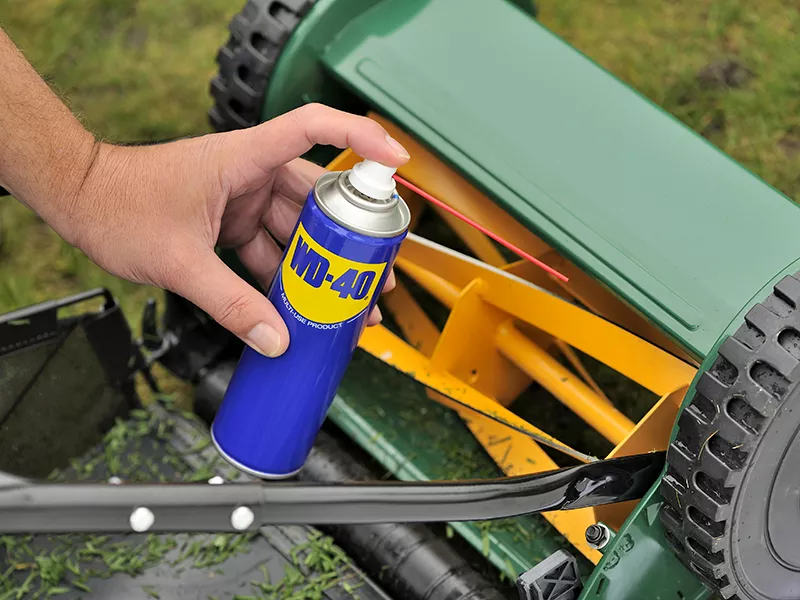
Slugs
Slugs love munching on your hard-earned plants, but if you don’t want to use harsh pesticides, WD-40 is a simple, slug-deterring alternative. Spraying a light coat around the outer rim of pots creates a slippery surface they can’t crawl over, just like the squirrels from before. This works well for container gardens and raised beds where slugs tend to be a big problem. Just be careful not to spray directly on the plants or soil, as WD-40 is not meant for direct contact with plant life.
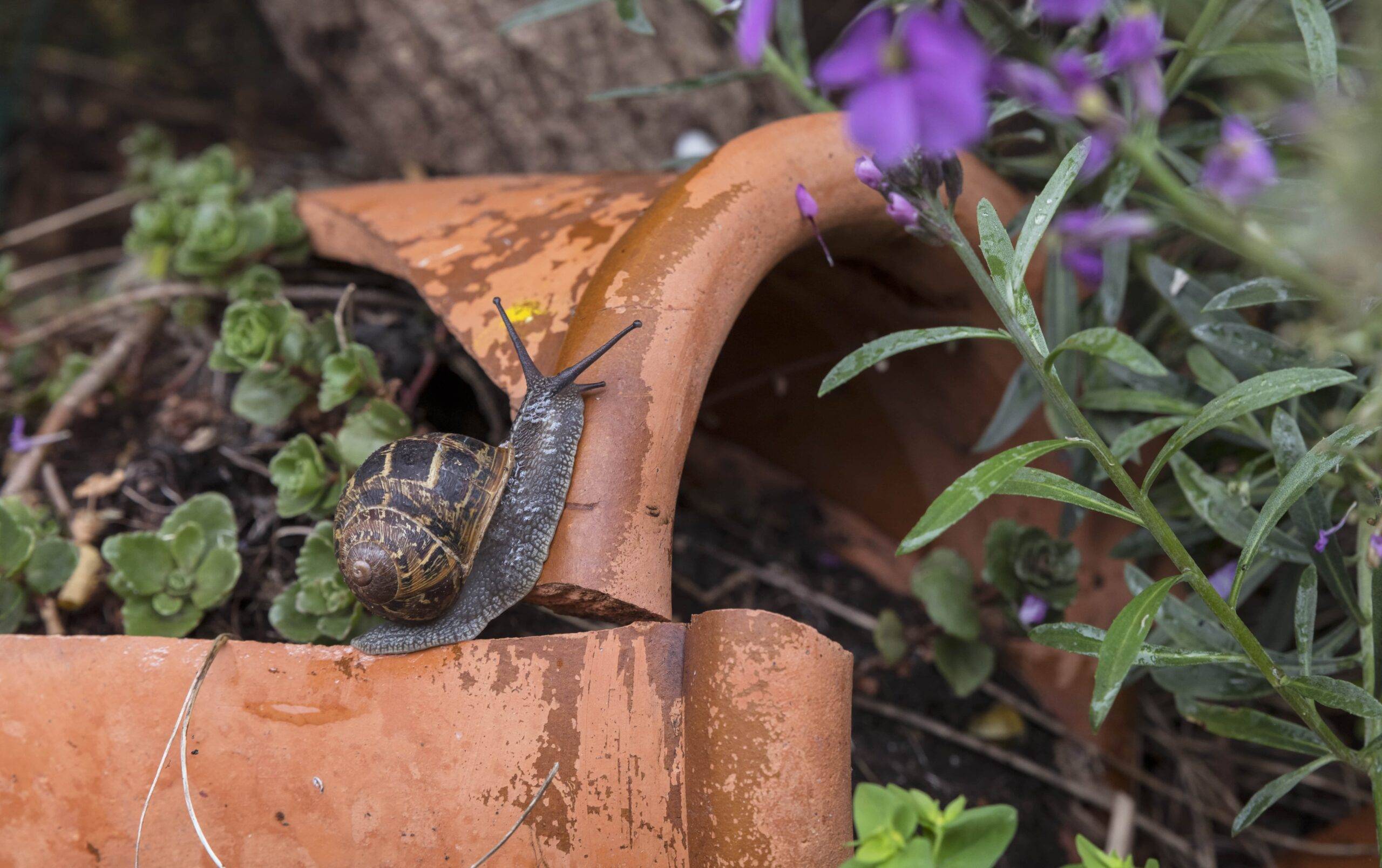
Outdoor Decorations
Metal garden ornaments, wind chimes, and even patio furniture can corrode over time thanks to rain and humidity. A protective coat of WD-40 helps prevent rust and keeps outdoor decorations looking good. It also works on moving parts, like the hinges of decorative gates or spinning garden ornaments, keeping them from sticking. Reapplying every few months maintains the protective barrier and helps keep outdoor features in great shape year-round.
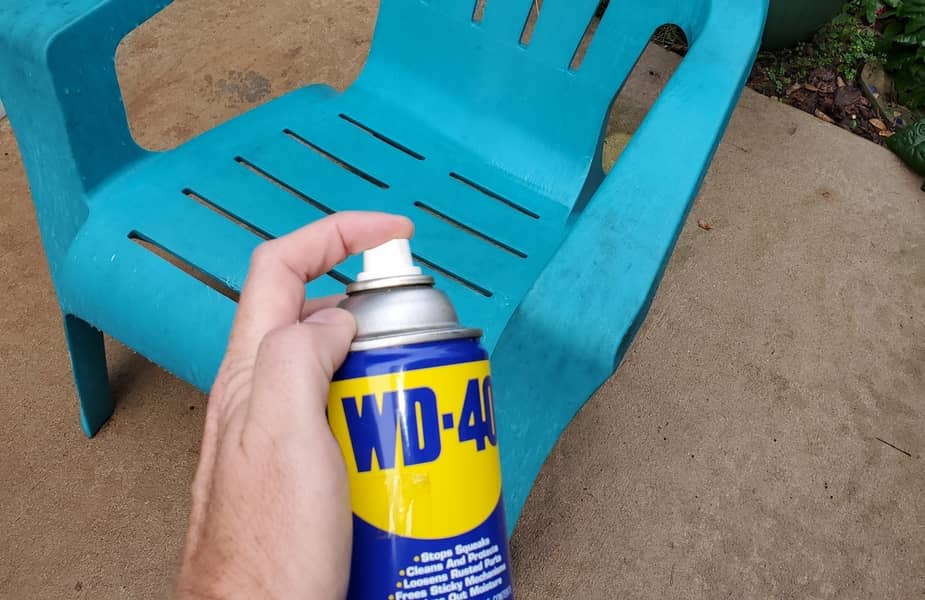
Related Articles
- Easy Gardening Hacks That Will Help Your Garden Grow Strong
- Why WD-40 Is Your Secret Weapon Against Spiders and Ants
- 5 Flowers That Attract Hummingbirds to Your Garden
WD-40 is more than just a household fix-it product—it’s a useful tool in the garden, too. From protecting tools and outdoor décor to keeping pests at bay, it has a variety of unexpected uses. A little goes a long way, so a single can might last you all season. Just remember to use it carefully, keeping it away from plants and soil. With these simple tricks, you can make gardening easier and keep your space looking its best with less effort.

